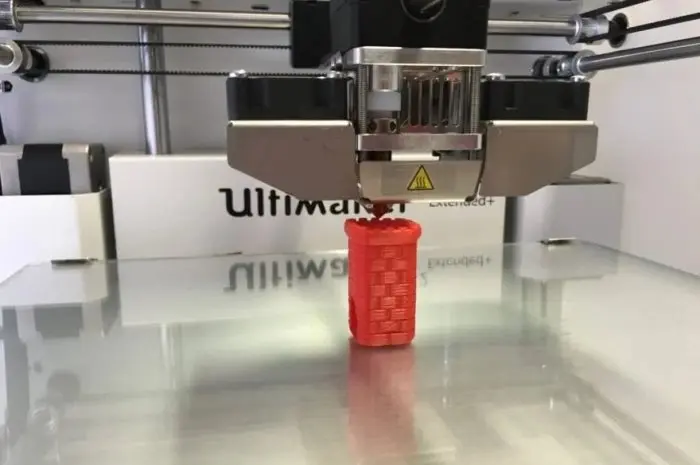There are so many materials when it comes to 3D printing. Therefore, printing business owners go through a difficult task of trying to settle on the ideal 3D printing material to use. Several things come into play during the selection of 3D printing materials.
The thing that come into play consist of the price as well as the ability of the material to withstand water. Here is your complete guide to selecting the best 3D printing materials.
When buying 3D printing material it is essential to reflect on water resistance. The only way of recuperating the money you used is by purchasing a printing material that is resistant to water.
Also Read
When it comes to purchasing water resistant 3D printing materials, PETG filaments, and polypropylene are the 3D printing materials to go for. Apart from being water resistant, PETG filaments are also known for their smooth surface finish.
Polypropylene printing materials on the other hand, are the best choice for low strength applications. The reason why it is the best fit is that it can withstand fatigue, it has semi flexible properties and is light.
Composite printing materials can also come in handy in 3D printing. If you want to strengthen your prints, composite 3D printing materials are ideal. Carbon filled materials, wood filled materials, and metal filled materials are some of the composite materials used in 3D printing.
The fibers used to make carbon-filled materials are short fibers. Thereafter, the short fibers are mixed with the PLA or ABS base. Stiffness and strength can be obtained from carbon-filled materials.
On the other hand, metal filled material are composed of fine metal powder. Added weight as well as a unique finish can be obtained from metal filled materials. Strong and durable 3D printing materials can be derived from mixing fine wood powder with a PLA base.
Metal filled printing materials, wood filled printing materials, PLA, and the flexible 3D printing materials are the go-to materials if you are looking for printing materials that do not need a heated bed.
A heated bed is not required for flexible printing materials that are also called TPE AND TPU since they stretch and bend easily. Whereas, PLA is easier to use and it has the right dimensions.
The go-to option for people looking for an affordable printing material is PLA. Since metal filled materials and wood filled materials are made by mixing fine powder with the base material, a heating bed is not required.
Finally, it is vital to read reviews and get recommendations from relatives and other colleagues if you want to choose the best 3D printing materials. An insight into the quality of the printing materials you are about to select will be provided by reviews and recommendations.


















